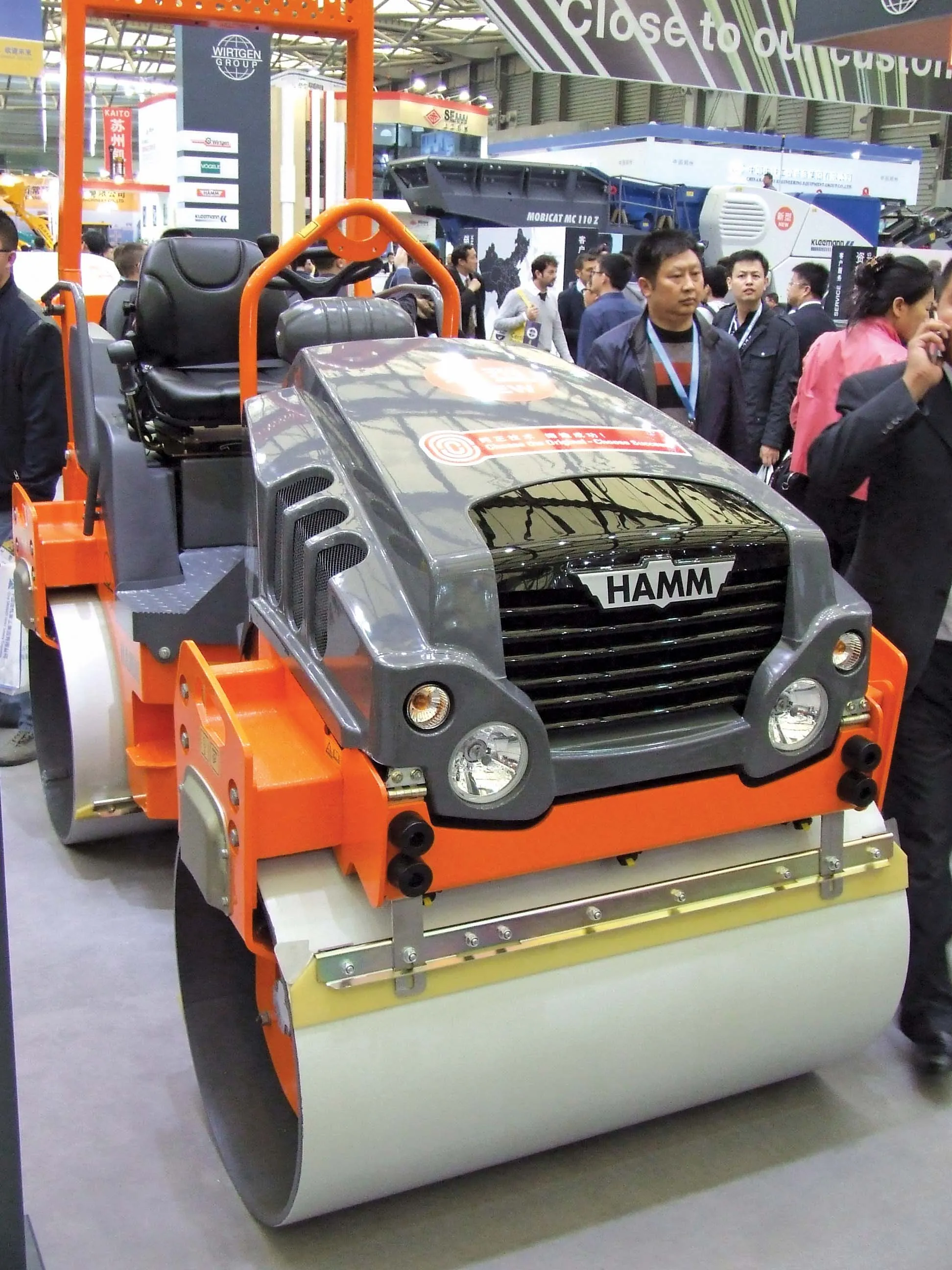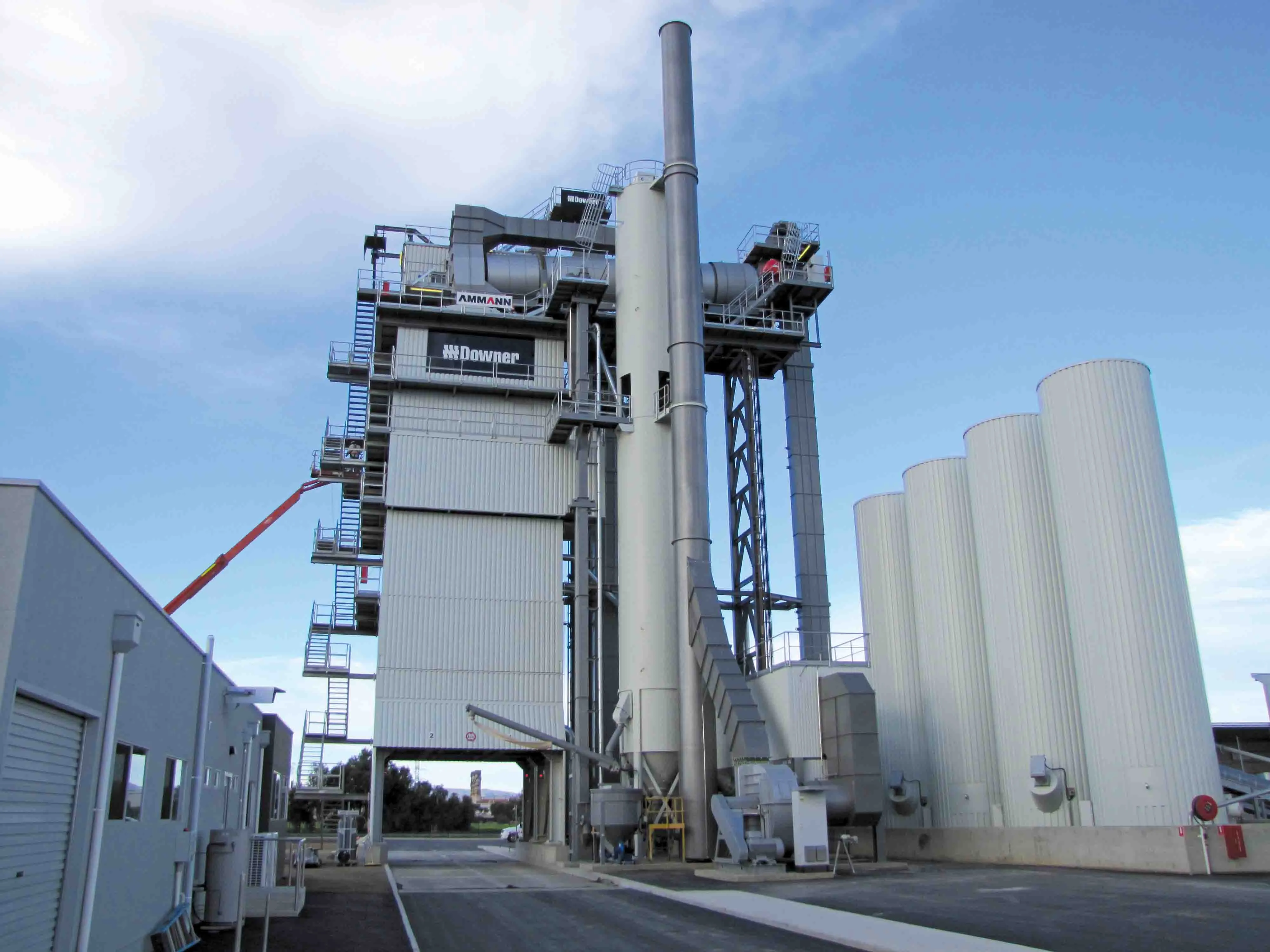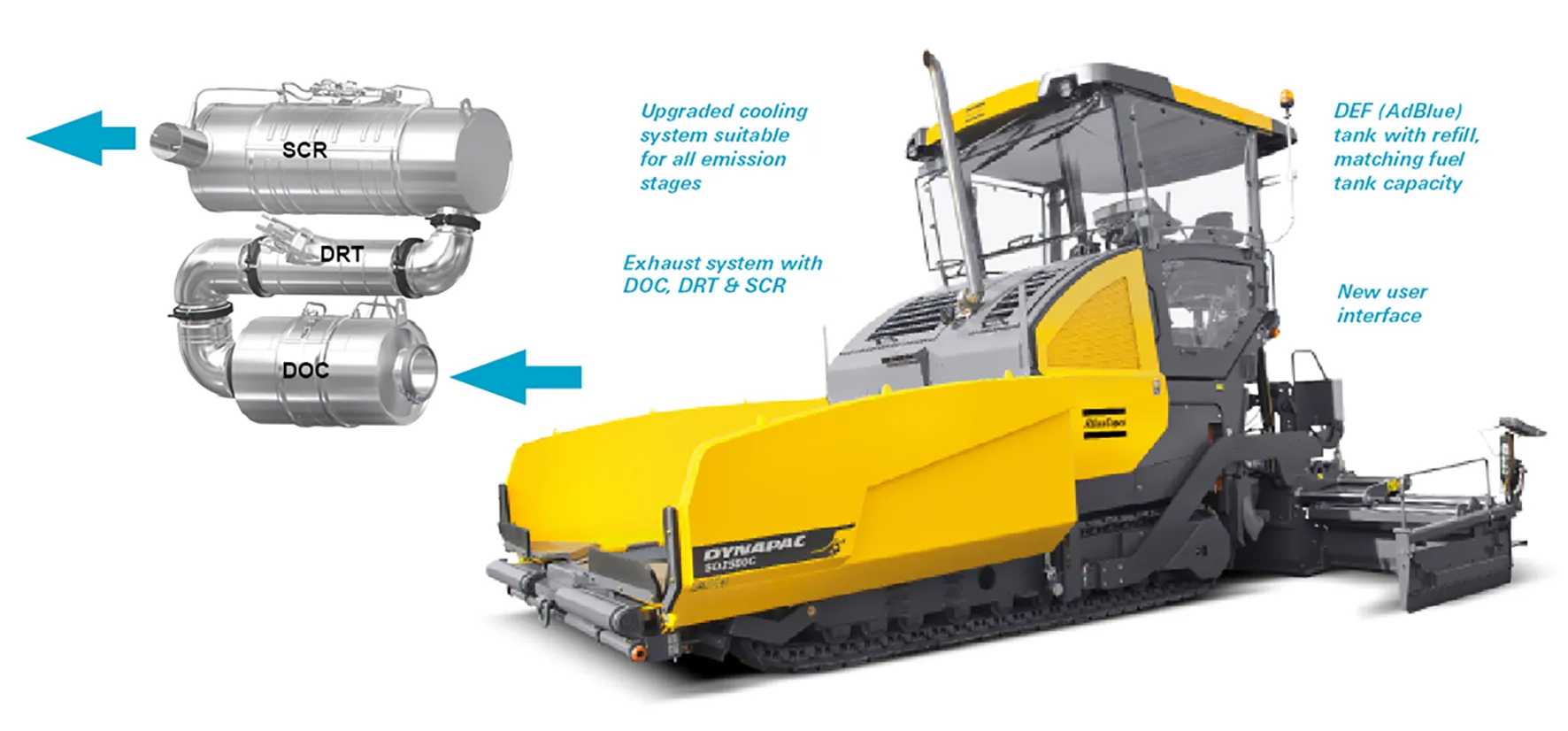
The ContiEarth EM-Master series provides durability and some technology as well. Sensors inside the tyres monitor pressures and uncover potential problems early.
There are several ways to access the data gathered by the sensors. It can be transmitted and displayed on a handheld device a few centimetres away from the tyre. It also can be displayed on a retrofit device placed in the cab, or on an existing display in the cab.
“It measures pressure and temperature,” said Christian Luther of Continental. “We’re adding value with the sensors and the telematics.”
Lower pressures mean the tyres work harder, which has an impact on fuel efficiency and emissions. The easy monitoring makes it easier for operators and maintenance staff to spot trends and proactively address issues.
Despite being new to the tyre market, the sensors have been put to work in agricultural applications so testing has been significant.
The tyre tread was also given considerable analysis. The tread design and depth provide wide water spacing and powerful traction on soft and muddy terrain. The open tread design enables cooling and therefore lessens heat build up.
Luther also said the tyres provide outstanding self-cleaning abilities.








